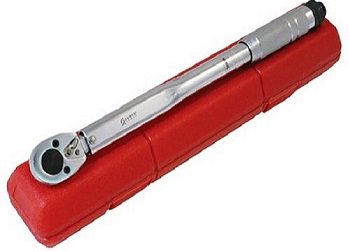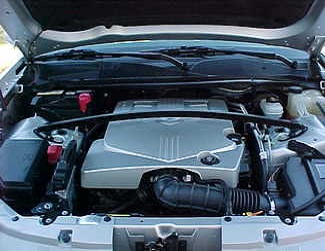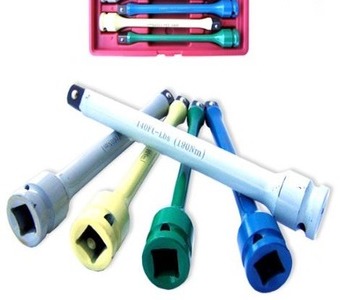
Proper bolt torque applied with a torque wrench for any given automotive repair is the best way to assure your completed project will last as long as possible.
When a do-it-yourself mechanic tackles an auto repair job, in most cases, they will have no choice, but to tighten down the bolts to what they believe is tight enough.
Without a torque wrench, bolt torque chart and a tightening pattern what else can you do except give it a good twist. This is the No. 1 error made by most DIY car mechanics.
Every bolt has a torque spec, and some of these are very critical. An example of this is when you replace a water pump assembly.
The individual retaining bolts will more than likely have at least one torque spec, but maybe even multiple or different ones per bolt.
Example, a water pump that bolts to a timing cover will have long and short bolts. The long bolts that go into the engine block will have a different torque values then the short ones that thread into the cover.
Over tightening these bolts can damage the timing cover and the gaskets or composite seals. Also in some cases achieving an even torque is just as important for a proper seal that will last over a long period of time.
Torquing Bolts on Newer Cars
Back in the seventies and early eighties bolt torque specifications were not as important as they are today on modern vehicles. This is largely because of the wide spread use of aluminum parts and composite sealing gaskets on cars from the 90s and newer.
A composite gasket is made up of plastic, silicone and rubber. If you replace your water pump and just crank down on the bolts as hard as you can, there’s a good chance you’ll see this vehicle develop a leak from the sealing area.
Lets use the water pump example applied to the common 3.8 L General Motors engines. The water pump has 10 bolts, six long and 4 short. The long bolts are torqued to 40 foot-pounds and the short bolts to 28 foot-pounds.
If you try to apply the same torque to the short bolts as to long ones the smaller bolts will break. When this happens you increase the repair time. You also have to remove the water pump again plus the challenges of digging out the broken bolt pieces. Often removing broken bolts can be very difficult.
Proper Bolt Tightness

Here is another common example where a torque wrench must be used or the reliability and longevity of the repair will be sacrificed.
Many GM V6 engines and the Chevrolet 3.1-liter engine in particular are having a common problem with coolant leaks from the intake manifold gaskets. The composite gaskets themselves are made of plastic with sealing strips.
The torque specification for the manifold bolts is very low, around 15 foot pounds, depending on the year and model. If you go to far beyond that bolt torque spec you will crack the composite gasket.
This could lead to a serious internal or external leak. This repair is not easy and is time consuming doing it one time.
Doing it more than once can be frustrating. I’ve had to buy a new quarter inch drive torque wrench just for this intake gasket replacement job. The good news is, the cost of this essential tool has really come down in price over the last few years.
I started buying off brands like mountain and Sunex and have found them to be just as accurate and effective as my high priced snap on torque wrench.
Always Torque Lug Nuts

This is another reason to have a torque wrench. The new cars and trucks today have a lightweight composite brake rotor.
When you over tighten the lug nuts or the tightness is different on each one, you’ll start to warp the rotor. It can happen quickly as the rotors heat and cool under normal driving conditions.
This will result in a very annoying brake pulsation. You may have seen your mechanic using an air powered impact gun on your lug nuts. If your auto mechanic knows what he is doing he will have a torque stick on the end of there half inch impact gun.This guarantees the same amount of tightness for each nut.
This tool is specifically designed to twist and give when the proper torque is reached. This is an idiot proof method of preventing over tightening of the lug nuts.
If your mechanic is not using this common tool you will want to re-torque the lugs yourself. Backing off each lug one at a time and using a click type torque wrench to re-tighten each lug does this.
This will increase the life of your brake rotors and improve how the automobile feels on the road. If you ever have a flat tire and need to change it on the side of the road you will be glad the lugs where tightened correctly. Auto mechanics are notorious for over tightening the wheel nuts!
This next link will take you back to my Diy auto repair help page. Many more articles about do it yourself car repair with professional results. Go from Bolt torque to diy auto repair page.
You can learn more about this all about automotive website on the homepage. Also learn more about the creator (Me). The next link takes you to answers to car questions.
